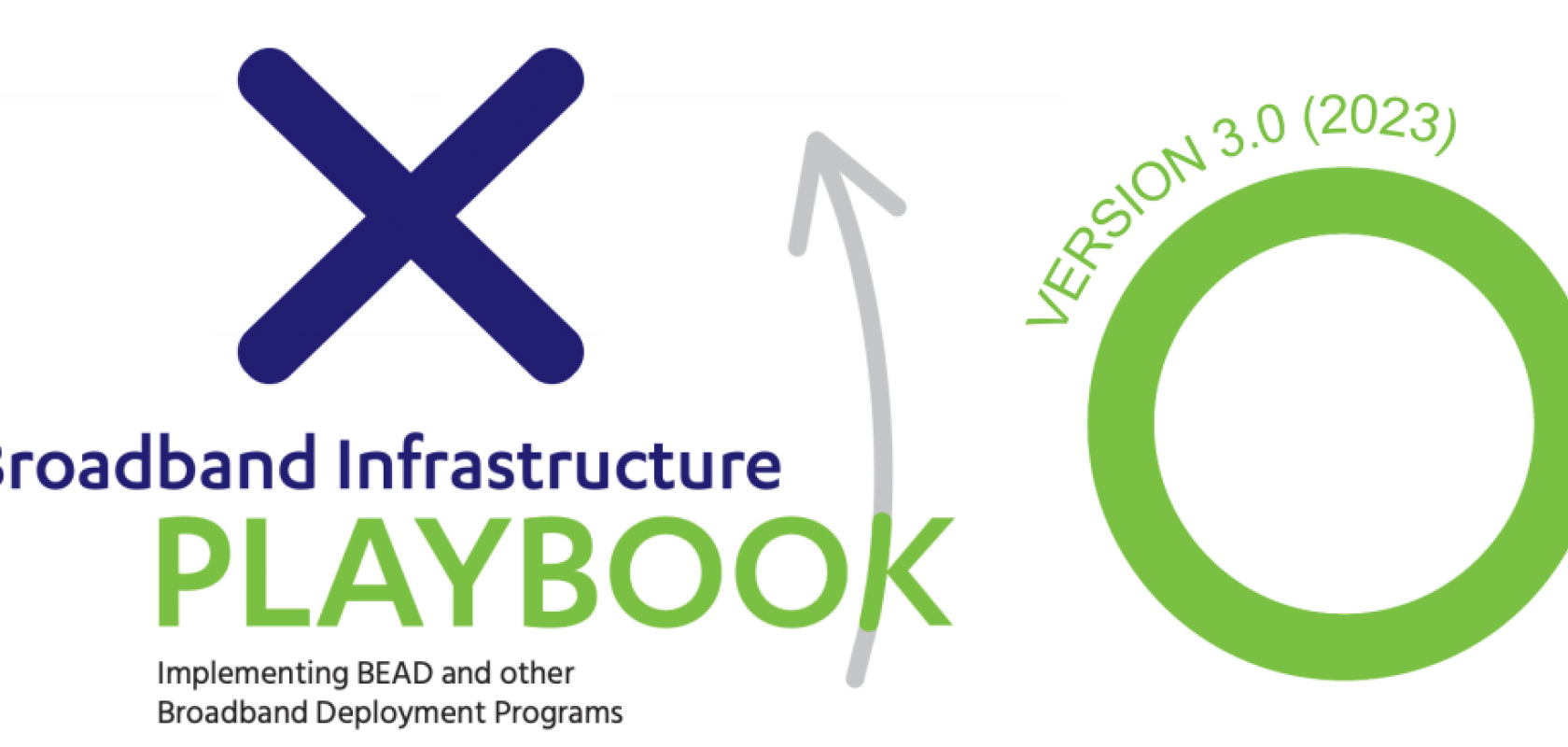The Fiber Broadband Association (FBA) and NTCA (the Rural Broadband Association) published the second module in their Broadband Infrastructure Playbook 3.0.
The two organisations have published a Broadband Infrastructure Playbook since 2022. The 3.0 is designed to dive deeper into key aspects of what U.S. states and territories will need to reach initial proposals for the Broadband Equity, Access, and Deployment (BEAD) investment programme. This module focuses on extremely high-cost thresholds to help maximise the impact of BEAD investments, and more will be released over the next few months.
In a joint statement, Shirley Bloomfield, CEO at NTCA and Gary Bolton, President and CEO at FBA say: “One of the most critical questions that each state and territory must tackle in implementing the BEAD programme is how to make efficient investments in the most reliable, capable, and sustainable broadband connectivity for those residents and businesses that have been left behind while reaching as many unserved and underserved locations as possible. To make this calculus, the NTIA directs each state and territory to set an ‘extremely high cost per location threshold’ (EHCT), which defines the point at which a stated preference for future-proof fibre deployment is no longer cost-effective and alternate technologies will be given greater consideration.
“To be clear, and in the interest of full disclosure, our organisations are unabashedly pro-fiber. We believe, and research supports, that fibre represents the most efficient and effective, long-term investment in virtually all cases. Moreover, it is the technology that will level the playing field, giving residents and businesses in rural and more remote locations the same opportunity that those living and working in urban and suburban areas have. And, by building fibre networks, policymakers will ensure that we do not face the prospect of needing to rebuild networks in the too-near future to keep pace with demand. The goal of this funding is to maximise the opportunity for everyone to be connected to fibre, not to recreate a future digital divide.
“At the same time, we understand that some locations in sparsely settled areas will be very expensive to reach, and government funding is finite. The BEAD program rules account for this reality and contemplate that in these places alternate technologies will play a role as well in meeting a shared national goal of universal connectivity. Our members recognise this dynamic in their own operations, preferring to rely upon fibre where they can but turning to other technologies from time to time as needed (and often as a transition to fibre), to establish baseline levels of connectivity in harder-to-serve areas.
“This module explains each State and Territory ultimately will need to consider its own circumstances in terms of locations and geographies to be served and other economic considerations in making this important decision, but our hope is that the thoughts articulated in the Playbook module will provide a methodological ‘roadmap’ in approaching this question, and ultimately help in maximising fibre deployments while further ensuring universal connectivity.”
In other BEAD-related news, Nokia recently announced it is to start manufacturing fibre-optic broadband network electronics products and optical modules in the U.S. for use in the investment programme.


